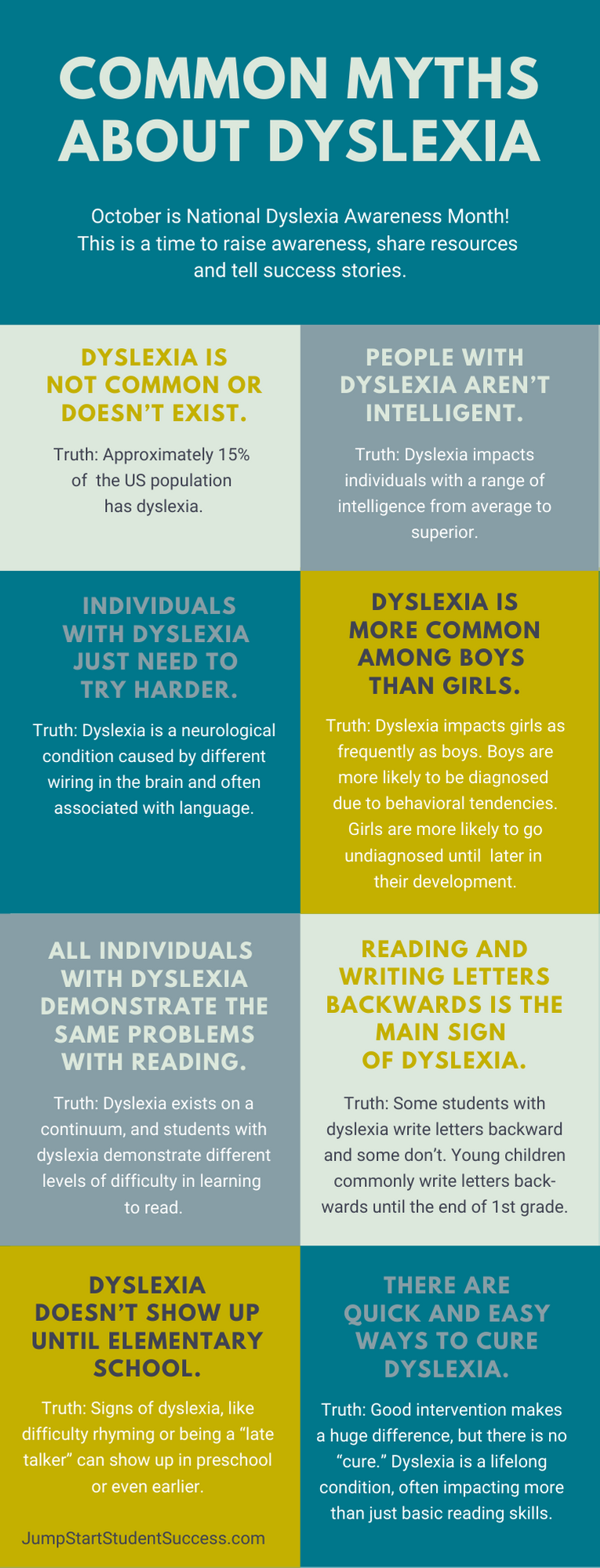This is the story of my life with learning differences. It encapsulates the last 13 years of my life and will show you what my journey has looked like. My life has been made up of many struggles, with a great majority of them stemming from my learning disabilities. Hopefully I can share with you what it has been like being raised with, and living with, learning differences.
I greatly hope that you will really be able to put yourself in the driver’s seat and get a first-person perspective of what a learning difference can do to a person. That being said, it can also be a gift in many ways. My friends and I who have grown up with this have had many struggles, that is true. That being said, a learning difference is a gift; it is what makes me creative and unique. Because I learn differently, I also think differently; this means thinking creatively or “outside of the box.” Despite all of the difficulties, I have overcome and am better because of it.
4th Grade Tragedy
My journey with learning differences began in 4th grade. The year was almost over and I was excited for summer break. It was either the last day of school or one of the last days of school. I remember being so happy to be moving up to the 5th grade. Near the end of the day, I remember getting called into Mrs. Evan’s office and sitting down after she told me she had something to say. I didn’t have a good feeling about what was about to be said.
She explained to me that I was going to repeat the 4th grade because they thought it was best for me. I was shocked and didn’t know what to say. It made me mad, and of course sad, because I felt no reason to be repeating a grade. It made me believe that I had failed in some way. I was sad about my situation and I was angry at the adults who insisted that I needed to repeat a grade. When I talked to my parents about this, I remember being mad that I was not told by them but by Mrs. Evans instead. They also didn’t have the presence of mind to talk to me about it first before making a decision. I didn’t want to leave my classmates that I was with and didn’t have to start over again and make new friends. That was probably the scariest scenario that I had to face.
The impact of what happened left repercussions for many years. I was unable to trust myself in life and often fell back on the opinions of others. This was because I believed I wasn’t smart enough and wouldn’t do anything right or get the correct answer when I was working. There was a long period of time that I was resentful of my parents but I eventually learned to move forward. I found a new friend base in my grade who I am certain will become life long friends.
The National Honor Society
When it came time in February to apply for Honor Society sophomore year, my parents tried time and time again to convince me to apply. I was always skeptical about the National Honor Society, because I believed that I was not intelligent enough and that the process would only be a waste of my time. My dad told me “whats the harm in applying, it will look good on a resume.” I still refused and my parents and I argued about it. I told them that I didn’t want to apply and ended up missing the deadline and that was that.
The next year came around and another February with the same discussion. Naturally, because I had no interest I didn’t tell my parents about the application deadline. That only lasted so long until my parents got an email about the application and the same discussion occurred. We talked about it and eventually I gave in to their pleading for me to apply. I filled out the application as best I could and found my references. After that I turned it in to Mr. Cornell, the school’s chapter head, and went about my business greatly believing that I wouldn’t be accepted.
It was not until a couple weeks later that I was in class when I got called down to the front office. I what unsure what it was about and why I got called out of class along with several other students. We were all given envelopes, and inside them was a letter from Mrs. Evans. The letter was my formal acceptance into the National Honor Society. I was overcome with joy when I found out. For so long my learning difference had me believing that I wasn’t good enough or smart enough. Because of this I realized that I was smarter and more intelligent than I gave myself credit for.
Taken from A Life Learned Differently, written by blogger Brooks Arneson.

